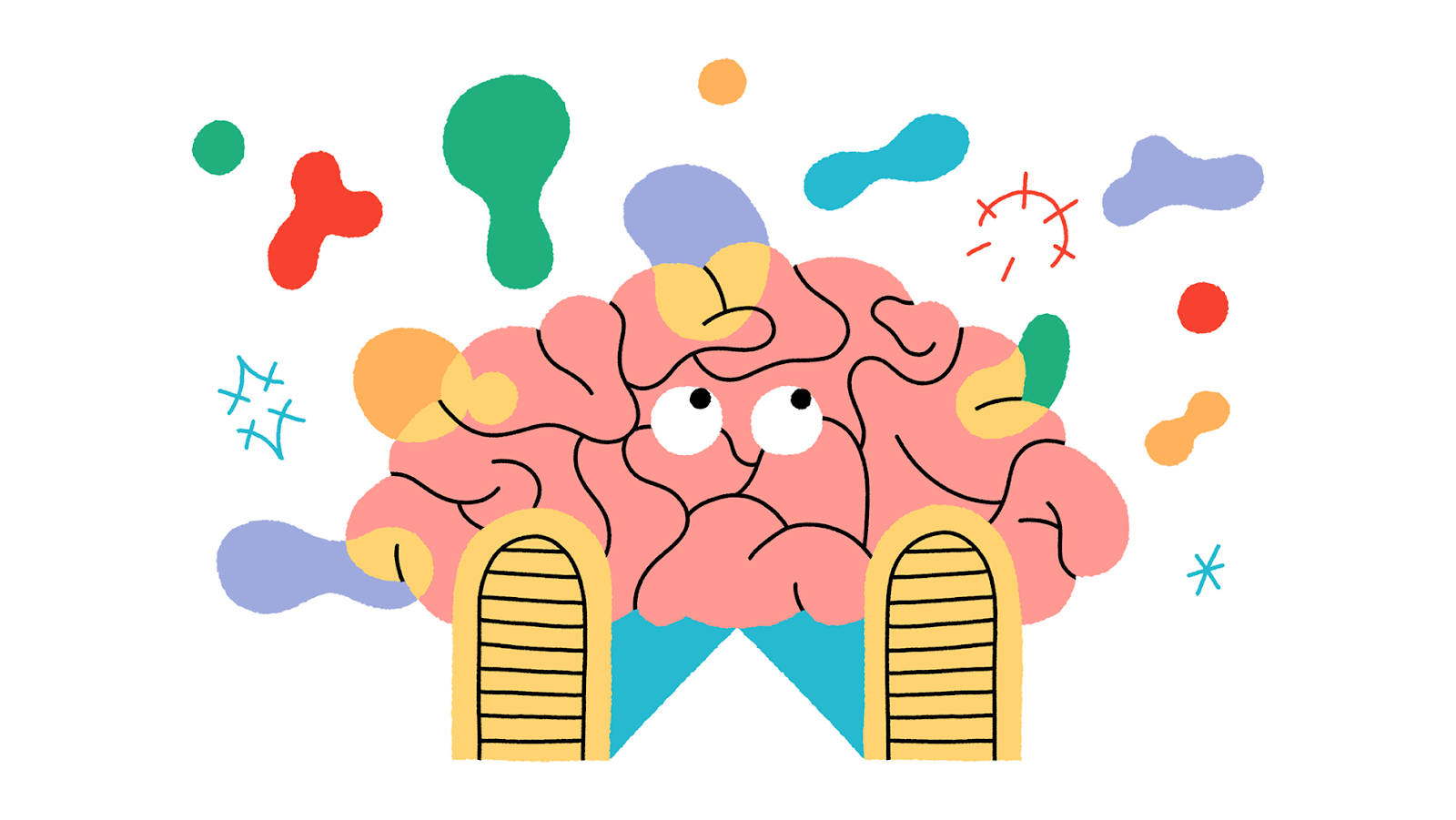Bonjour!! 👀👀Time flies, We are now in week four of Dr Lina's class. During this week's lesson, Dr Lina introduced an intriguing topic: Digital Competencies. She asked us what digital competency is, what the benefits and relevance of digital in teaching are, and how we may use digital in class. She then explained the European Framework for Digital Competence of Educators (DigCompEdu) and how it might assist educators in facilitating the class on the whiteboard. This paradigm is divided into three major categories: the educator's professional, pedagogic, and learner competence. She also went over each category's sub-components in great depth. It was quite educational for all of us!! Following the lecture, Dr Lina asked us to discuss which sub-components we thought were the most difficult in our group. We discussed our ideas, and I recall Sharifah saying that lesson planning is the most difficult for her because it is difficult to meet the needs of every student. I completely agree with her! Following that, Dr Lina introduced us to DaVinci, an editing tool that will assist us in improving our recognised editing skills so that we can include them in our CVs. She walked us through the process by showing us her screen and a movie she created. Patrick, our group's technology head, was also chosen. During the tutorial, we tried to edit our own short video with DaVinci and we finally did it!💪💪
I felt informed and curious during both classes with Dr Lina. I was very anticipated to learn more about DigCompEdu. I have never heard about this framework before! It was so amazing! I learned the impact of digital teaching in such a constructive way. Furthermore, I felt excited when Dr Lina asked us to edit our own video as a hands-on task even though I had no idea about DaVinci. Fortunately, with Patrick's help, I created my own short travel vlog. It was an unforgettable experience for me! Video editing brings me back to last spring semester when I decided to take Producing Film and Television as my elective module. Now, I can relate some of the knowledge I learned in Dr Dag's class to my main course and apply it to my video!
In this week's lesson, Dr Lina used one of the teaching-learning methodologies we had discussed: reciprocal teaching. She chose a technical leader to scaffold and coach the group members through the video editing process. Although reciprocal teaching is most usually utilised in reading comprehension, it can still be used for the situation in the tutorial. Along with the teacher, a student-teacher (technology leader) in a group supports pupils in developing editing abilities. To close the ZPD in students, this instructional approach is based on Vygotsky's ZPD hypothesis. According to Aminah et al. (2020), reciprocal teaching aids in the development of creative and imaginative thinking. Dr Lina allowed us to choose our own topic for creating the video, which engaged us in the creative process (Vygotsky, 1978) to stimulate our intrinsic motivation in learning (Cheryl, 1992) as it stimulates students' curiosity in learning and assists students in making connections between what they have learned and what they are going to learn, according to Kaucak & Eggen (2012).
Finally, the use of digital in the classroom is consistent with Vygotsky's cultural authenticity thesis. Using Davinci is an intrinsic element of the culture of the twenty-first generation, and it can boost students' interest and motivation (Brophy, 2010). Furthermore, during the video editing session, multimodality is implemented by developing multiliteracies in learning, particularly digital literacy. According to Kessler (2022), multimodal involves individual use of modalities to transmit meanings. For example, video editing enables students to replace traditional written and oral formats with diverse resources such as visual, short videos, gestures, audio, and multiple dimensions of communication in a media (Cope & Kalantzis, 2009a). Research also showed that multimodality has the potential to facilitate learning as compared to unimodality, particularly in terms of efficacy, diversity, and quantity.

To sum it up, I have gained lots of skills and valuable knowledge in video editing and creating. In my future readings, I would like to research more about digital literacy in teaching and learning before applying it in my class. I'd like to look into new software and apps to help with my current learning and future teaching. If possible, I would like to assist less fortunate children, such as those in rural schools, in developing their digital literacy and awareness. I wish to provide opportunities for impoverished students to explore technologies, as I feel digital knowledge increases their prospects of pursuing higher education and ultimately work.
References:
Aminah, A., Agus
Munandar, S., & Muhammad Ahkam Arifin. (2020). Students' perceptions of
reciprocal teaching in reading comprehension class. Jurnal Bahasa,
Sastra dan Budaya, 19(2).https://doi.org/10.33096/tamaddun.v19i2.78
Blois, Z. (2013). The importance of teaching digital literacy to students. Retrieved from http://blog.wowzers.com/bid/293759/The-Importance-of-Teaching-Digital-Literacy-to-Students
Cabero, J., & Palacios, A. (2020). Marco Europeo de
Competencia Digital Docente «DigCompEdu» y cuestionario «DigCompEdu
Check-In». EDMETIC, Revista De Educación Mediática y TIC, 9(1),
213–234. https://doi.org/10.21071/edmetic.v9i1.12462
Cope, B.,
& Kalantzis, M. (2009a). A grammar of multimodality. International Journal of
Learning. 16, 361–425. http://doi.org/10.1080/15544800903076044
Durán, M. (2019). Competencia Digital del
Profesorado Universitario: Diseño y Validación de un Instrumento para la
Certificación. Murcia. Universidad de Murcia-Escuela Internacional de
Doctorado.
Eggen, & Kauchak, D. (2015). Educational Psychology. Pearson Education, Limited.
Hilton,
J. T., & Canciello, J. (2013). Tablet English: Student perceptions of an
iPad-based digital literacy curriculum. International Journal of
Digital Literacy and Digital Competence, 4(4), 1–14.
Kember, D., Ho, A., & Hong, C. (2008). The importance of establishing relevance in motivating student learning. Active Learning in Higher Education, 9(3), 249-263.https://doi.org/10.1177/1469787408095849
Kessler, M. (2022). Multimodality. ELT Journal. http://api.semanticscholar.org/CorpusID:260527920
Lee,
S. (2014). Digital literacy education for the development of digital
literacy. International Journal of Digital Literacy and Digital
Competence, 5(3), 29–43.



















